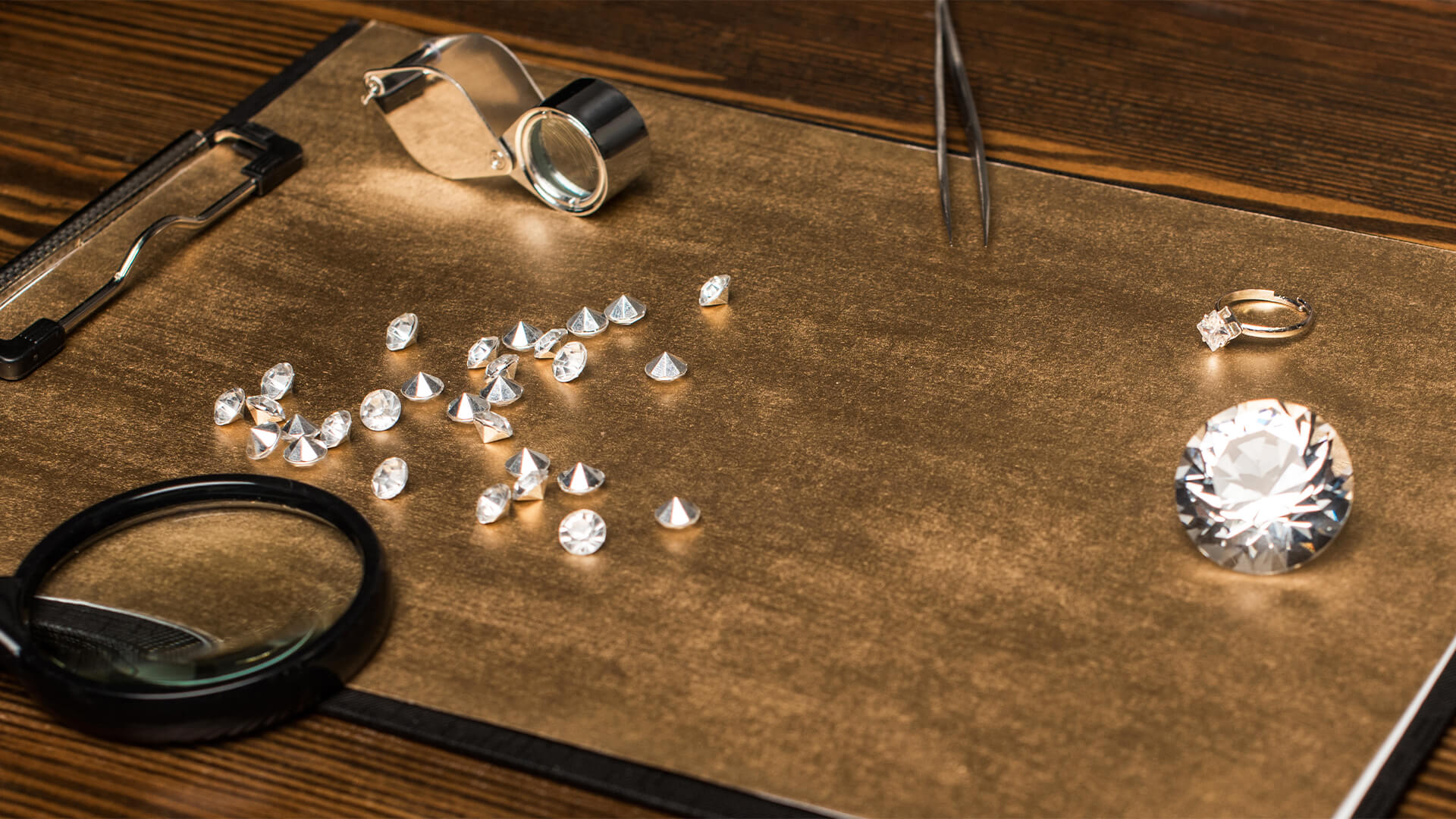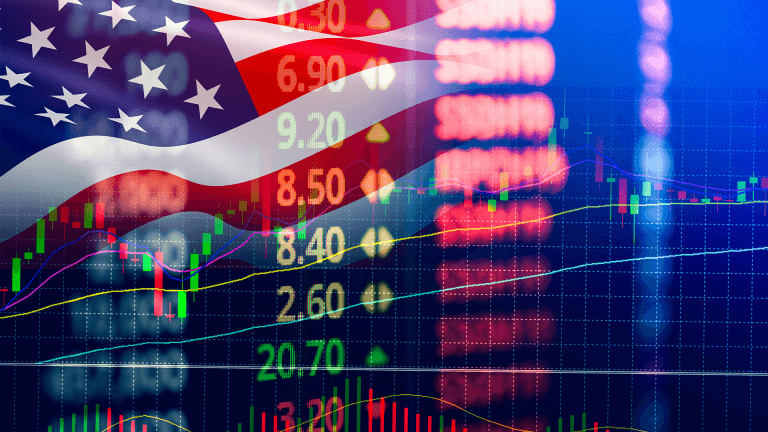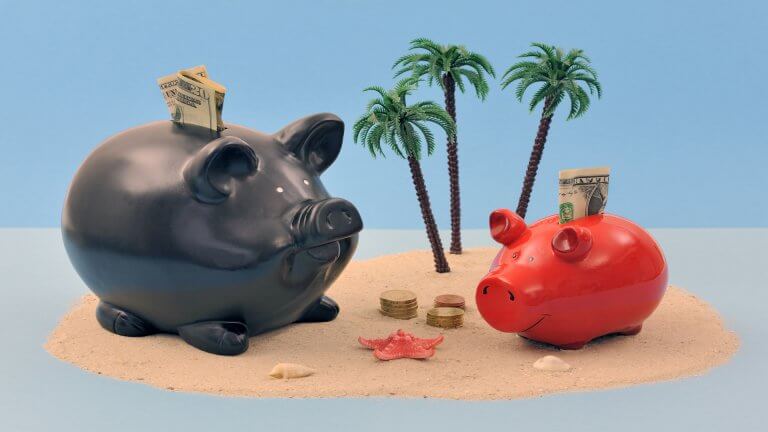
An interview with Dr Thomas Schröck, CEO and Founder of The Natural Gem
Revered for their beauty and believed by many to have healing powers, gemstones have been used throughout history by people from all echelons of society. Whether they have been used as lucky charms, religious symbols or as ornamental decorations.
The most well-known use of gemstones however, has been as a symbol to signify one’s status. Due to their scarcity and brilliance, royal families have worn gemstone adorned pieces of jewellery for as long as we can remember as a way to demonstrate wealth, rank and power.
Today, gemstones are still used for many of the same reasons as thousands of years ago. There are, however, more ways to enjoy these beautiful mineralogical phenomena than just as part of a piece of jewellery.
Today many people today enjoy investing in gemstones as a means to secure wealth and as an inflation hedge. It’s no wonder why. The gemstone is the world’s oldest commodity, dating back as long as 5,500 years, and holds more historical and cultural importance than probably any other investment options.
With the emergence of stocks, bonds, mutual funds and more, gemstones have taken somewhat of a backseat in the investing world. Perhaps because they are so embedded in our history and culture that people are missing the obvious? Or maybe just because the people who engage in gemstone investing want to guard this hidden gem (no pun intended) and avoid competitors?
After all, gemstones have the highest concentration of value, even higher than gold, and can return great yields. Who wouldn’t want to keep it a secret?
We spoke to Dr Thomas Schröck, CEO and Founder of The Natural Gem, to learn more about gemstones and uncover the secrets to successful gemstone investment.
How are gemstones valued?
Gold and gemstones are both tangible investments, but the key difference here is that there is no fixed value for x weight of gemstones. There are multiple classifications which creates an accurate valuation of coloured gemstones, starting with the 4C’s: colour, clarity, carat, and cut. The same standard is also used for diamonds, but there are also additional indicators which are solely used for coloured gemstones – namely, treatment and origin. All these factors heavily influence the valuation.
For instance, two rubies of similar quality but different countries of origin, can have a large dissimilarity in value. One from Mozambique may be valued at 100,000 GBP, while one from Burma may be valued at 150,000 GBP. This shows how impactful one detail can be to the net worth of a gemstone.
There are currently two systems in place to determine prices and price development for coloured gemstones – these are GemGuide and Gemval. The former is primarily directed at wholesale dealers and jewellers whereas the latter calculates market retail prices.
The value of a gemstone consists of three criteria:
- Intrinsic value (market or trade value)
- Its aesthetic value (a subjective, mostly optical value)
- Its historical value, if any
One may compare gemstones to art, but the main difference here is that they carry a much higher intrinsic value. The aesthetic and historical value can also have an additional impact on valuation. We could take Kate Middleton’s engagement ring, which previously belonged to both Princess Diana and Queen Victoria, as an example: if we look at purely the intrinsic value of the stones and materials themselves, we may get just a fraction of what the ring would be sold for at an auction due to its aesthetic and historical value.
How do ordinary investors invest in gems?
A gemstone is a long-term investment, and since it does not depreciate in value, it’s a smart investment to keep for a rainy day. Our customers either buy it directly off our homepage or come by for an individual consultation. Seeing the stone in person before purchasing is important for many because we always recommend only investing in a stone that speaks to you. We’ve found this also helps when looking to re-sell the gemstone, because you will know and believe in the selling points.
We know that it can be scary when making your first investment in gemstones, and will on occasion hear the Blood Diamond reference. For this reason, transparency is so important to us, and we try to give as much transparency to the supply chain as possible. If a gemstone is legitimate and the same gemstone that the seller claims, you will receive a gemological certificate from a trusted laboratory. This will determine the intrinsic nature of the stone, and removes any risk involved in the purchase.
We provide multiple levels of certification, for example for a blue sapphire from Sri Lanka we can provide certificates from CGL (Sri Lanka), GLA (Austria), Gübelin and/or SSEF (Switzerland).
If the seller can’t provide a gemological certificate, that is your sign to exit the deal.
How have gems performed historically?
Gemstones have been used for more than 5,500 years as a means to retain personal wealth, and have historically been worn by royalty as part of their crown jewels, to ensure the gemstones remain part of their legacy. The most well-known gemstone is the diamond, but it does not have the highest value concentration and has a rather low appreciation. The gemstone with the highest value concentration and a growth of 8-10% p.a., is the ruby. The ruby is followed by the blue sapphire at 6% p.a., and then the emerald at 5% p.a.
What makes naturally coloured gemstones unique as an investment is their non-correlative nature to the macroeconomic developments. Gemstones will typically experience steady growth even through financial downturns, and it’s because of this non-volatility that they make the perfect candidates for diversifying investment portfolios.
How do gemstones vary in investability according to type?
As already briefly explained, a gemstone has a unique valuation according to its individual characteristics. What we can do, however, is to categorise the gemstones based on quality and country of origin: an example is a fine ruby (high quality) from Burma – historically, this has been the best performing gemstone in terms of value growth. This begs the question: why do some gemstones increase in value more than others? To uncover this, it is important to highlight what makes a gemstone appreciate in value over all, two of the main factors are their rarity (or scarcity) and beauty.
Before we can determine this, we need to establish what makes a stone increase in value. For gemstones it all has to do with two main factors, their rarity and beauty. The reason why rubies are experiencing an incredible growth rate currently is because the yield of the ruby mines are depleting. This means that the scarcity of supply drives up the values.
We can see this across all high value gemstones, but what makes a certain kind of gemstone more valuable than the other? To illustrate this, we can take the beryl as an example: more specifically the emerald (belonging to the beryl species) and the red beryl. The red beryl is the rarest of the beryl variety, but the emerald is more valuable. The worth is attributed to its beauty and due to it being more widely known, having a stronger historical significance, and for some its unique beauty. It is, however, hard to put a price tag on the subjective nature of beauty – it is simply compounded with the multiple factors as previously mentioned. In terms of investability, the main gemstones which are recommended for a first investment are ruby, sapphire, and emerald.
What is gemstone re-certification?
When we acquire gemstone, we make sure that it has multiple layers of certification. Once this step is completed, we store the gemstone with its certifications until an individual requests to buy it. With some gemstones that have been with us for an extended period of time, we use recertification to showcase the value development by renewing the certification at a gemological laboratory. We will then have the stone re-appraised by an expert, and they will provide the new value which is aligned with the market’s retail price. This is not only good for us to remain in the know of current trends and market value, but also give potential buyers a clear indication of its historical performance.
When is the best time to invest in gemstones? and how do they perform during financial crises?
We find that there is an increase in demand for gemstones during the financial crises in particular. This is mostly due to the fact that the value of gemstones does not correlate to the macroeconomic climate, and will therefore be used as a hedge against inflation.
That’s not to say that you should only invest in gemstones during a financial downturn. Investments should not be made in response to global events.
I like to think of investments as an intentional habit; a regular action you intentionally decide to adopt in order to meet a greater goal. And good habits are built now, so don’t wait for an economic crisis to hit before you decide to take control of your investment portfolio and secure your wealth.
Where can people learn more about investing in gemstones?
The internet is a beautiful place, filled with so much information from experts dealing with all aspects of the gemstone trade, from mining to jewellery design. Unfortunately, there is also many mistruths and misleading information available on the internet, which can be confusing at the best of times.
I will be releasing a book later this year titled “Investing in Gemstones”, which will be a definitive guide to gemstone investment, helping people understand the gemstone trade and the potential risks in this industry, and how to make sound investments that will yield lucrative returns over time.























